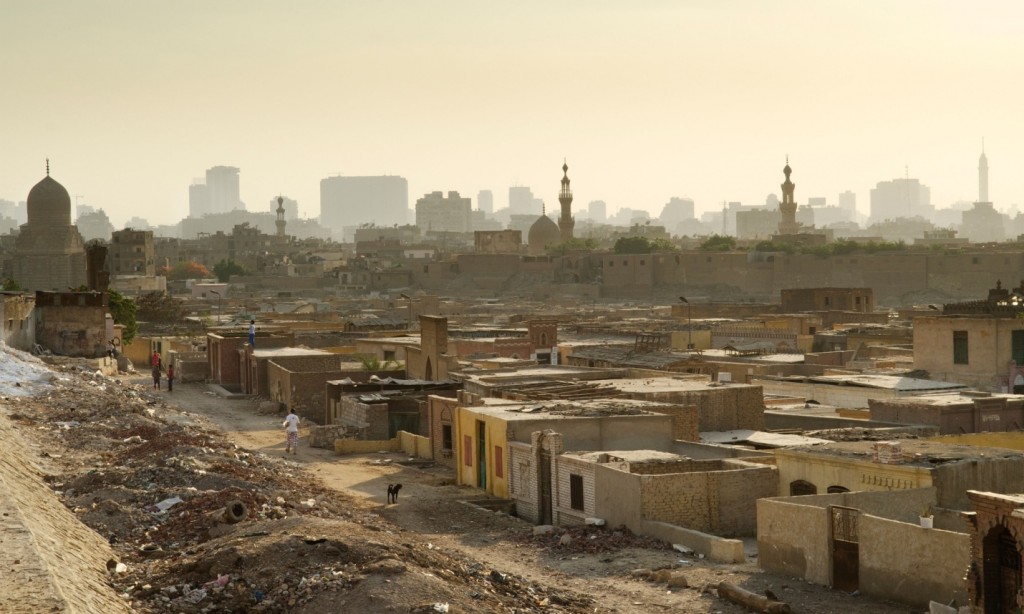The business of death has become highly lucrative as the cost of dying rises in cities across the world. So what place is there for tomorrow’s dead – and does new technology offer a better solution?

Lack of space and soaring costs are familiar problems for anyone who lives in a city. From London to New York to Hong Kong, many are crammed into micro-apartments that cost hundreds of pounds or dollars a month to rent, unsure when they will be able to afford a more permanent abode.
And it may be a similar story when they die, too.
Some 55 million people are reckoned to pass away each year (about 0.8% of the planet’s total population – equivalent to 100% of England’s). Yet urban planners and developers focus overwhelmingly on accommodating and making money from the living. Cemeteries and columbaria (burial vaults) dating back hundreds of years retain an iconic place in our towns and cities – but, partly as a result of their limited profitability, most have not been allowed to grow. Which means metropolises the world over are running out of room to house their dead.
The problem is most acute in cities that do not practise grave recycling. Countries such as Singapore, Germany and Belgium offer public graves for free – but only for the first 20 or so years. Thereafter, families can either pay to keep them (often on a rental basis) or the graves are recycled, with the most recent residents moved further into the ground or to another site, often a mass grave.
From our partners:
Dr Julie Rugg[/infobox]
It is a system that has worked efficiently for cities all over the world, particularly in Europe. Yet in countries where grave reuse is not the cultural norm, attempts to begin reusing plots – in cities such as Durban, Sydney and London – have faced resistance and accusations that religious and cultural traditions are being violated.
“In the UK we are in an acute crisis, largely because of our burial law,” says Dr Julie Rugg of the University of York’s Cemetery Research Group, referring to legislation introduced in the 19th century that banned exhumation. “We have cemeteries of over 100 acres in London, but the way we use the space is not sustainable.”

As a result of a change in church legislation, a small number of graveyards, such as the City of London cemetery, have recently – and quietly – begun reusing some graves older than 75 years, but this will not be enough to solve the city’s burial problem. London’s cemeteries will be completely full within the next 20-30 years.
Even cities that do practise grave recycling can run into problems. In Norway, concerns about sanitation and the risk of soil contamination in the 1950s led to a policy stipulating that all bodies be wrapped in plastic before burial. Years later, it was found that the bodies were not decomposing quickly enough in the plastic to allow the graves to be reused. Cemeteries were filling up at an unprecedented rate. A solution – injecting the graves with a lime solution to speed up decomposition – was eventually discovered by a graveyard worker, who charged the Norwegian authorities $670 per plot.
With space running out, the business of death has become highly lucrative as the cost of dying rises all over the world. “Burial is becoming more and more of a niche product or market,” says Dr John Troyer of the University of Bath’s Centre for Death and Society. “The burial issue is not just about economics – but there is a lot about capital, capitalism and commodification involved.”
[infobox]Kuala Lumpur has giant, mechanised vaults, storing thousands of urns which can be retrieved with an electronic card.[/infobox]Ed Koch, the former mayor of New York – a city with almost no burial plots left – pre-purchased his grave in Manhattan five years before his death in 2013 for $20,000. He described it as “a good investment” due to the rising prices.

In Hong Kong, where a series of hastily created hillside cemeteries consumed the city’s last available burial space back in the 1980s, those still able to find and purchase a private grave can pay $30,000 for the privilege. Alternatively, there is an average five-year wait for a small spot in a public columbarium, where thousands of urns of cremated ashes are stored.
In some London boroughs, meanwhile, those unable to pay for a burial (currently costing around £4,500, and rising) are buried in multiple layers beneath the ground, in the style of the Victorians. But without long-term public solutions to the burial land crisis, local authorities may end up outsourcing the problem.
“The private sector is sniffing around, realising there’s a public concern for space running out,” says Rugg. “We are shifting away from notion that cemeteries are a social service, towards saying there’s no reason at all why we shouldn’t institute charges to make cemeteries pay.”

In 1963, Jessica Mitford published The American Way of Death, a scathing criticism of the funeral industry, which she accused of pushing up the cost of dying. In the decades since, both the UK and US have seen a cultural shift from burial towards cremation, which now accounts for about 70% of funerals in Britain.
But cremation creates as many problems as it solves. In both countries, urns still tend to be buried in cemeteries, and although many permit families to bury more than one urn in a single grave site, these still take up significant space – indefinitely. Cremation also poses increased environmental problems: it is an energy-intensive process, and the burning of dental fillings currently contributes to 15% of the UK’s mercury emissions. (One potential alternative, “resomation” – whereby the body is chemically reduced to ashes and non-toxic waste water – is currently only legal in a few US states, despite having been under discussion in the UK and some other European countries for years.)
While an increasing number opt of people for “green burials” – which tend to involve burials in meadow and woodland sites, in biodegradable shrouds or caskets made of anything from cardboard to banana leaf – others ponder the role cemeteries play in our cities, and what it would mean if we lost them altogether.
“I tend to think of cemeteries as being like schools and hospitals,” says Rugg. “They are an emotional locus … Without them, a neighbourhood is bereft of a particular kind of community space. Where else would you get that in an urban landscape? They add an emotional intelligence to a city.”
Rugg talks of a not-too-distant future where vast, private cemeteries on the outskirts of cities accommodate graves rented out for short-term occupancy, and burials look more and more like a sub-sector of today’s property market. Location and long tenure could become the privilege of a wealthy urban elite, while those unable to meet the rates find their mortal remains separated from those of their families, or relocated to less desirable locations – for as long as someone can pay the rent.

In Japan, large companies such as Panasonic already purchase corporate areas within graveyards for some of their employees. In Kuala Lumpur and several Asian cities, where cremation is a strict cultural norm, the lack of space and the need for a site where families can pay respects to their deceased has led to the invention of giant, mechanised columbaria, where thousands of urns are stored in a vault and can be retrieved with an electronic card. One private company, Nirvana, boasts 12 such sites across Malaysia, Singapore and Indonesia, and has plans for more – yet still it is oversubscribed. New alternatives are urgently needed.
Amid the scramble to accommodate the urban dead, one Hong Kong-based design studio has developed a prototype for an off-shore columbarium island called “Floating Eternity”, which could hold 370,000 urns at sea. A cemetery design competition in Oslo, meanwhile, gave special mention to one student’s design for a cemetery skyscraper that would reach hundreds of metres into the sky and include spaces for coffins, urns, a crematorium and a computerised memorial wall.
[infobox]In Japan, descendants can make online visits to virtual graveyards instead of travelling a long distance in person.[/infobox]“A lot of people don’t appreciate how deep graves can be,” says Rugg. “If you turn a cemetery upside down it looks like the middle of the city – like a skyscraper. In the UK, the common graves of the 19th century, for example, are very, very deep.” In fact, vertical cemeteries already exist all over the world, with Brazil’s Memorial Necrópole Ecumênica in Santos standing tallest of all, at 14 storeys. It is the inspiration behind similar projects now under consideration in the crowded cities of Bogotá and Mumbai.

With the boundary between our virtual and physical lives becoming ever-more blurred, technology is sure to play a greater role in death, too. In Canada, Calgary’s new “green” cemeteries have proposed using GPS locations, and hand-held satellite units instead of headstones, to help visitors find graves. In Japan, the company I-Can Corp offers descendants online visits to virtual graveyards, where they can pour virtual water or light a virtual incense stick, instead of travelling the long distance to visit a grave in person.
Hong Kong’s government went a step further, creating a social-media network of virtual graves aimed at families who had been forced to cremate their relatives’ ashes – because of lack of space in the city – and so no longer had a physical space at which to pay their respects.
Troyer, however, offers a word of caution about this shift towards virtual graves. “A lot of the companies talking about digital solutions talk about ‘forever’ – and that’s very complicated with the internet, because the virtual material we create can easily disappear. The lowly gravestone has been a very successful human technology, and I suspect it will last … I would go with granite.”
This feature originally appeared in The Guardian.














